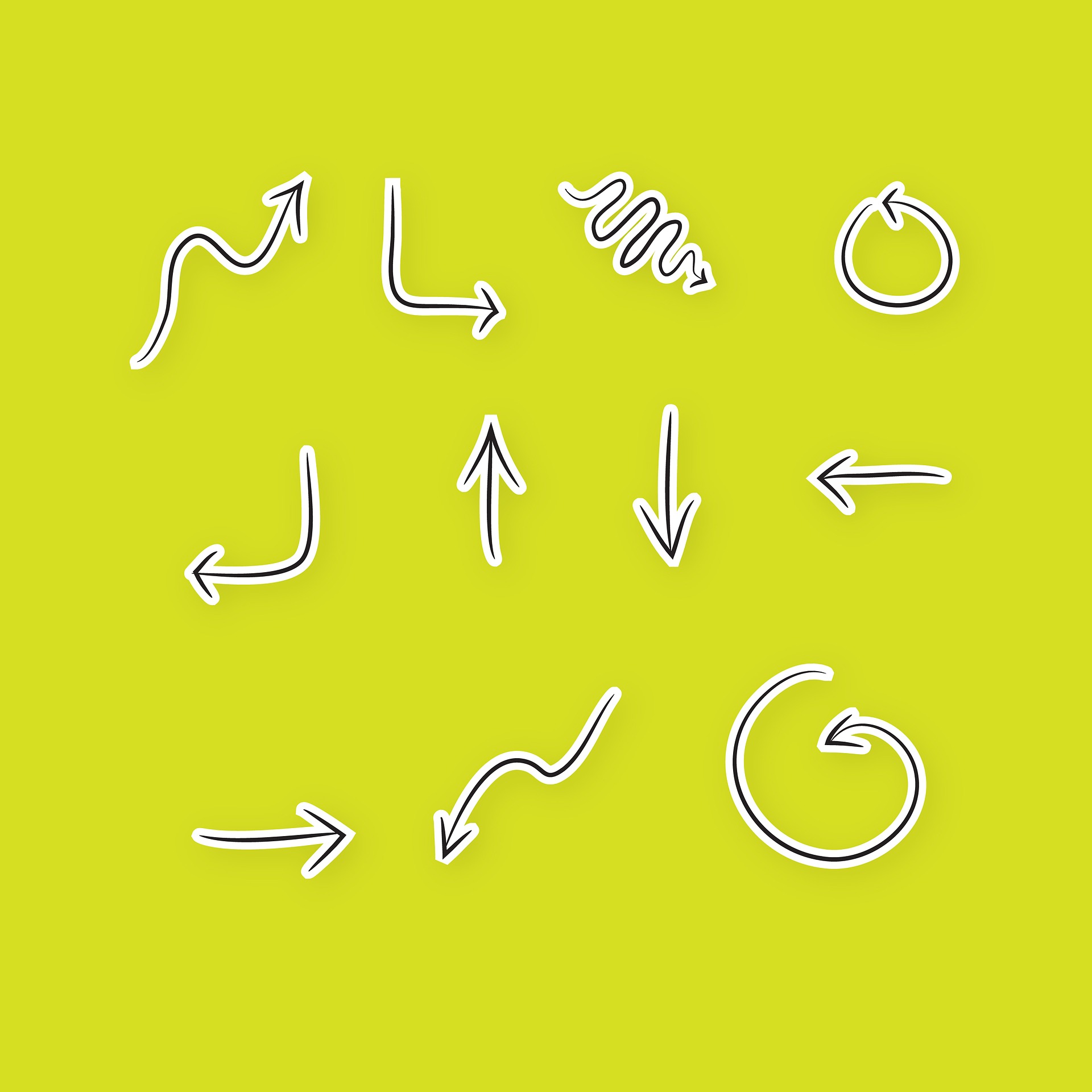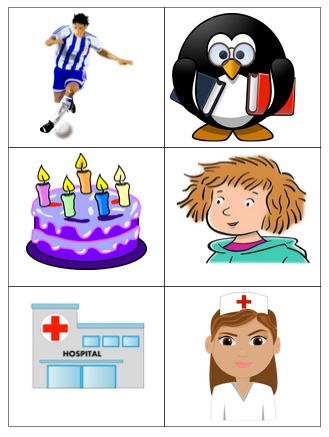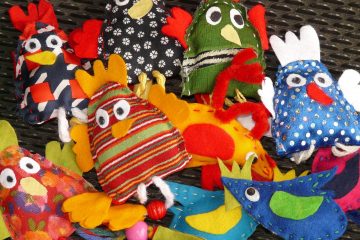 In the last year and a half, I have read a research article, recorded a Black Box Podcast, presented a conference session selected as a Central States All-Star session, and blogged – all on the topic of why we should teach the skill of circumlocution early and often.
In the last year and a half, I have read a research article, recorded a Black Box Podcast, presented a conference session selected as a Central States All-Star session, and blogged – all on the topic of why we should teach the skill of circumlocution early and often.
Aside: Circumlocution is the skill of talking around something you don’t know how to say to get your listener to help you come up with the word.
Other aside: Basically, we should teach it because comprehensible input is the way language is acquired, but the world is full of incomprehensible input, and circumlocution is the tool learners use to change incomprehensible input into comprehensible input.
I’m back in the classroom with novice learners this year, and it was time to practice what I preach.
For my seventh weekly meeting with my novices last week, we began to work on the skill of circumlocution, and in this post, I offer you the resources I used in the lesson. I used all of these with very early novices -like I said, it was their seventh class with me- ages 6 to 14.
Target
Of course, the lesson was designed around our Can Do statement:
I can identify something as a person, place, or thing.
Tools
Our major targets were person, place, and thing as well as I (don’t) know. We’d already worked on es. We also targeted a few basic adjectives: grande, pequeño, and bonito. Students already had some familiarity with color words and lindo. We ended up adding animal because it was so easy. My older group also wanted to add edificio, planta, and aparato.
Input
I gotta tell you, I had such writer’s block with this story (something I am struggling with in many areas right now). So I hope what I came up with helps you. I started thinking I needed a situation in which someone is trying to guess what something is. Perhaps a mom has a gift and the child is guessing – is it a person, a place, or a thing? A friend sees something and the other is trying to guess – is it a person, a place, or a thing? But I couldn’t make it make sense. Why would a gift be a person or place? I could contrive it, but a six-year-old would not follow in the TL. I finally gave up around 1:30 in the morning and went to bed… where I kept thinking about it and finally, before I drifted off to sleep, came up with the answer: a game show.
I put three chairs in front of the class. Two students sat in two of them and one had a picture of our class mascot, Jeffrey the Penguin. He was contestant number 3.
The story sequence went like this: The host (I) described something and the contestant had to guess what it was. I provided the answers. Contestants raised their hands and said “I know! I know!” and then gave either a crazy answer (Paris) or the right answer (Disney). I got more repetitions of the targets after the answers: Is Paris a place? Yes. Is it a big place? Yes. Is it a place in Florida? No! Sorry! (Everyone makes a BOOOOONK sound.) In the end, Jeffrey won, 3 to 2 to 1.
Contest questions:
It’s a place. It’s a big place. It’s a hot place. It’s a place in Florida. (Disney World)
It’s a person. It’s a big person. It’s a cold person. He has an animal named Sven. (Kristoff)
It’s a place. It’s a small place. It’s a cold place. It’s a place in Disney. (Arendelle)
It’s a thing. It’s a cold thing. It has an orange nose (TPR). (Olaf/snowman)
It’s a person. It’s a small person. It’s a pretty person. It’s a person who sings “Do you want to build a snowman?” (in TL) (Anna)
It’s a thing. It’s a cold thing. It’s small. It’s water, it falls when it’s cold (TPR). (snow)
My students were pretty engaged by this. Six questions was the max – any longer and I definitely would have lost them. Four or five questions would be fine too.
Brain Break
For our brain break, we tried to see how many students we could fit in 3 chairs. Lots of physical contact but in my situation it was great. My younger ones are doing the story Bears in Chairs, which gave me the idea. This took about 90 seconds, and they had no idea why we did it, but it totally restarted their focus.
More input/ Practice
I showed this slideshow. We talked about who the people were or what the products and places were (in the TL), which helped us also work on a cultural awareness Can Do we have for this semester: I can identify a person, landmark, or product from a TL country. The kids could already identify many of them and they enjoyed that. On the slides with one image, they had to call out whether it was a person, place or thing.
The photos in the slideshow are, in my opinion, part of the fair use of copyrighted material. This is for brief educational use only.
(Many thanks and props to Patricia Villa who adapted this for French!)
In my older class, because we have more time, we also watched this movie short with no sound, pausing for me to ask them to identify various things in the video as person, place, or thing; we also used it to practice answering the question “How is he/she?” Then, I put on the Spanish version of this Target back-to-school commercial and paused it at various places. Students walked around, found a partner, and had 1 minute to describe something on the screen for their partner to identify. When my 1-minute timer went off, they found a different partner.

Activity
For each table of students, I had one whole printout of these cards and one set of the same cards cut up. The uncut sheets were face up on their table and the cards were face down in a stack. Tables competed against each other (I had two teams). On team one’s turn, one member drew a card from their stack and used any Spanish they knew to explain what it was. Their teammates pointed to which one they thought it was. I was surprised and impressed with many of my students and how many extraneous words they added. It was definitely word-level – novice low – but they got it across. They lost the point very few times. If the teammates guessed wrong, the other team could “steal” the point. Everyone was 100% in TL and this activity went over very well.
These images are copyright-free.
Assessment
Before students left, I showed each an example from the same cards, one of each category: person, place, thing. They had to tell me which it was in the TL. One student struggled with cosa – she said casa. Fortunately one of the objects actually was a casa so I pointed to it and asked, “¿Casa?” She fixed her error.
Homework
Since I only see my students once a week, I give them several activities they need to complete while they’re not with me. Both groups were to develop a list of five of each category (person, place, thing, animal) that they see every week and use Word Reference to find the Spanish words. My younger group was to listen to this song twice and categorize each of their selected items as grande or pequeño. My older group was to listen to this video and identify at which two time points Andy García uses the word persona, find out what the adjective genial means and identify a person they think also fits that description.
They’re supposed to bring all this information to the next class and we’ll work with it more.
Have you thought about teaching circumlocution to your students, early and often?
6 Comments
Comments are closed.




Thanks for sharing!!! I’m going to try this! I appreciate you taking the time to share your knowledge and ideas!!!!
My kids did SO WELL – I’d love to hear how yours do!
[…] love Sara-Elizabeth’s circumlocution activity! It could easily be adapted for older […]
[…] For my seventh weekly meeting with my novices last week, we began to work on the skill of circumlocution, and in this post, I offer you the resources I used in the lesson. I used all of these with very early novices -like I said, it was their seventh class with me- ages 6 to 14. […]
[…] can look at my most recent, especially early-novice-friendly resources in my blog post on my lesson last fall, and see the original post on this session from last year. Also, as an added note, at a […]
[…] Want to check out another strategy to help learners combat the maddening lack of vocabulary to say what they want to? Check out my post(s) on the most important tool: circumlocution. […]